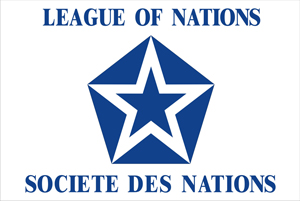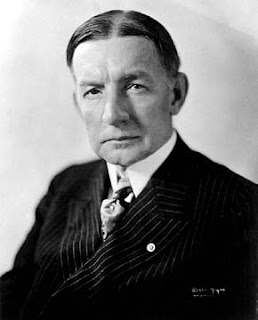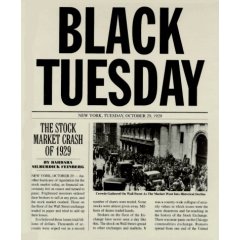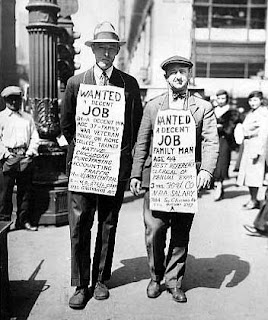 |
| http://www.leesaunders.co.uk/images/apop/rise_of_nazism.jpg |
Many parties appeared during time of crisis inside Germany, which affected mostly the political and economical aspects. After the First World War, Germany became a democracy. Parties as the Social Democrats and Liberal ones started flourishing. Lots of money was lost because of the war, so inflation was produced as a consequence of it. Over five million people were unemployed. Many people felt fear because they didn’t want to fall back into the poverty of the 19th century.
The German National Socialist Party gained popularity and strength even though it was neither particularly nationalist nor socialist. This party followed the ideas of Nazism. Nazism was an ideology established by Adolf Hitler which varied from fascism because of the integration of biological racism and anti - Semitism; it followed the idea of being against communism and Jewish subversion. Nationalists parties and the Nationalist Socialist German Workers Party (NSDAP) blamed the democratic constitutions of the Treaty of Versailles as the “principal cause” of the chaos produced inside the country. But over this, they blamed the Jewish because their mentality believed that the German workers were being ruined by “Jewish Capital” and threatened by "Jewish Bolshevism" that wants to turned them into slaves.
In 1929, the "Great Economic Depression” happened because Wall Street stock market drop. This made Germany’s situation unstable and delicate. The European Country was in a completely chaos and didn’t see a way to go through and come out from the food riots and struggles in the street during nights. At this point, Hitler appeared with a new idea that would create a revolutionary feeling in German people, in order to have a solution for their despair. His proposal was Nazism, which promised to restore Germany's honor and glory for a Großdeutschland (Greater Germany), by pursuing the aim of getting back the "true" values and "true" traditions Germany used to have and by renewing the political order so then, “work and bread” are back. They showed these aims with aggressive propaganda and violence, that way, they created fear in Germans so they were, in a way, obligated to join the Nazis. The Nazi Party didn’t have a majority in the government; the most they got was 3% and never increased that number, but in the elections of 1932, they became the strongest party and Adolf Hitler was named Reich chancellor. Because of this, Nazism started gaining power, so their influence expanded in people, finishing in the dictatorship of Hitler and the Nazis Party.
The rise of Nazism led to the killing of millions of Jews and innocent people, this ideology is recognized as the protagonist of one of the greatest crime against humanity recorded in history.













